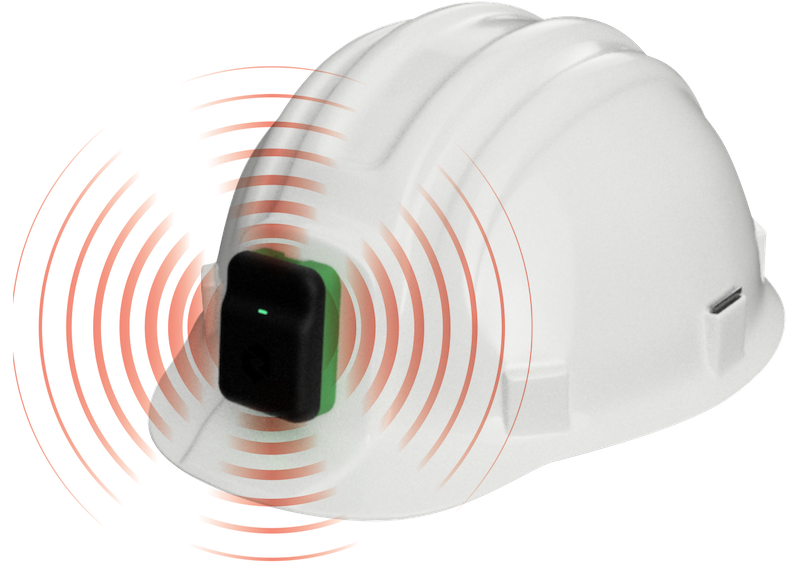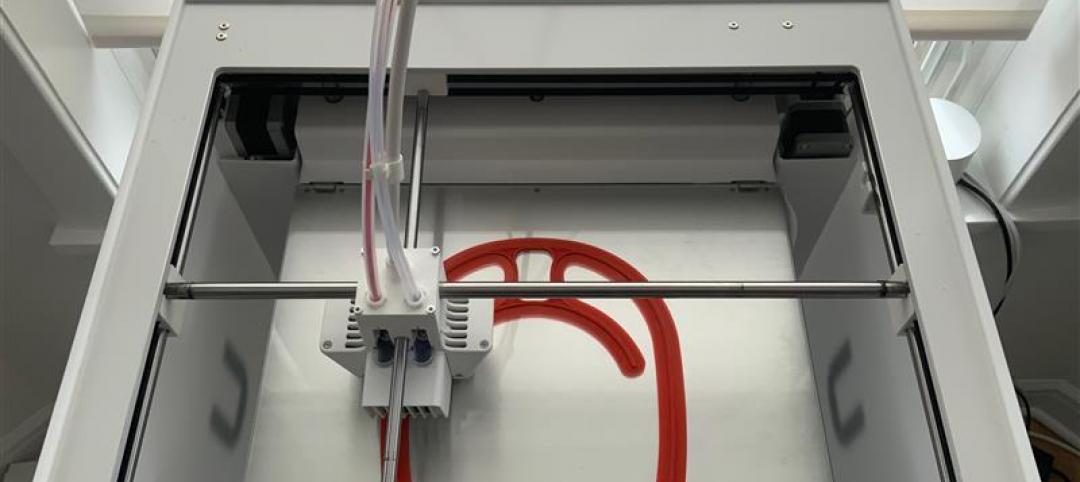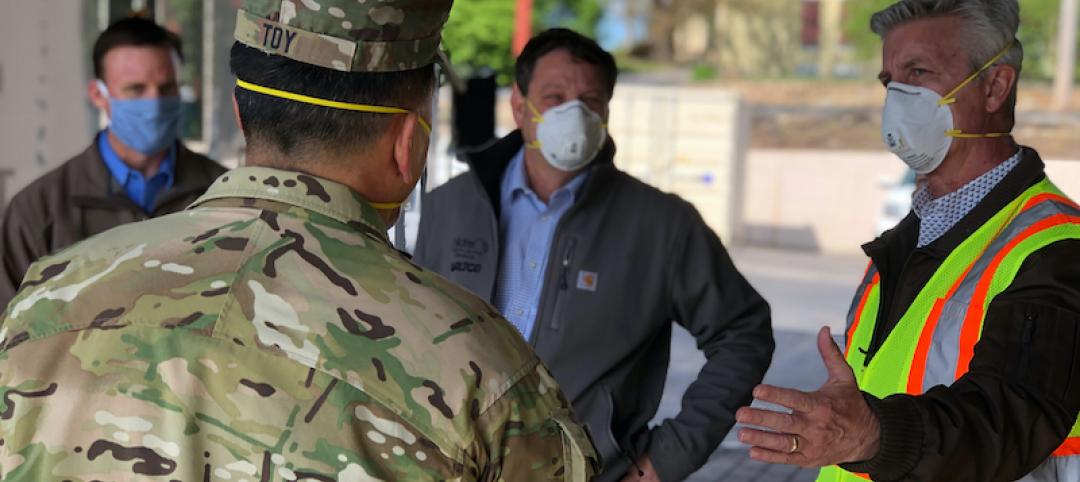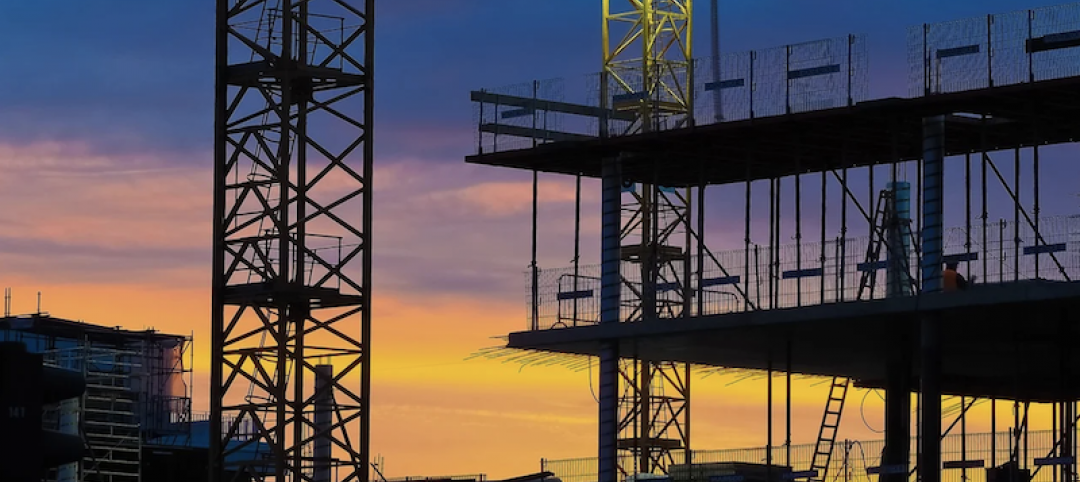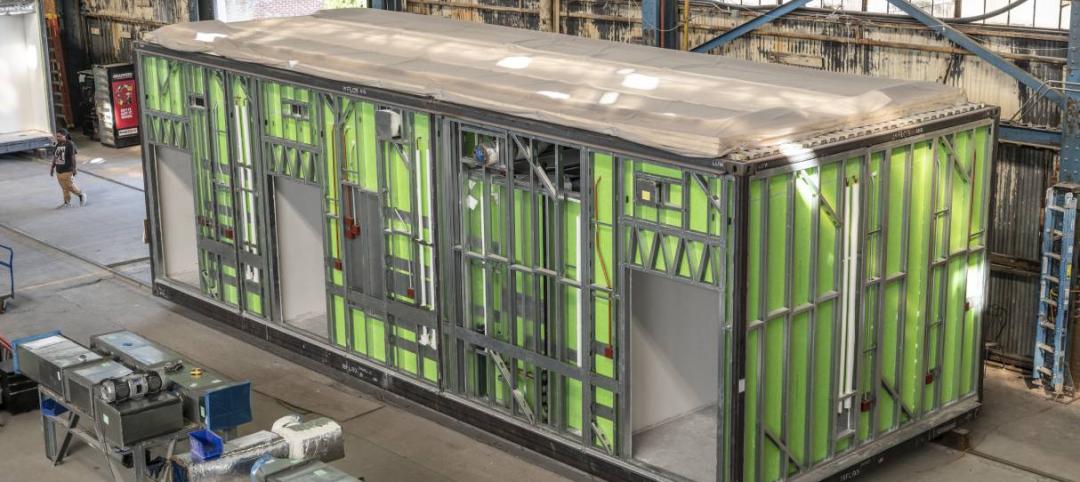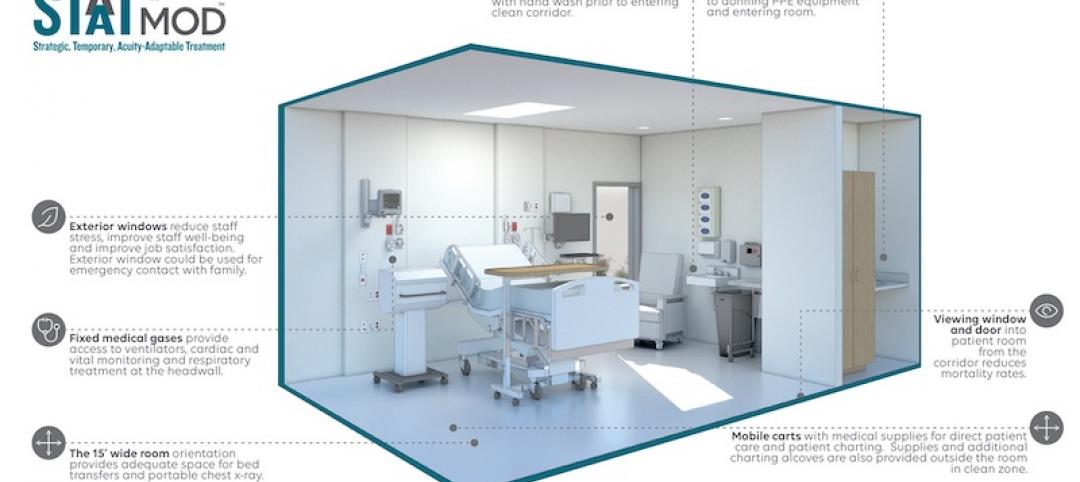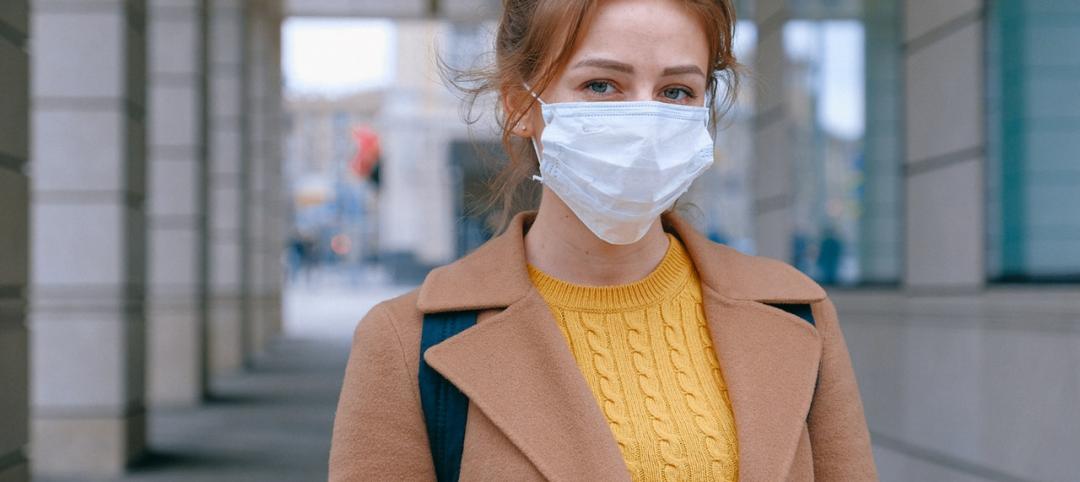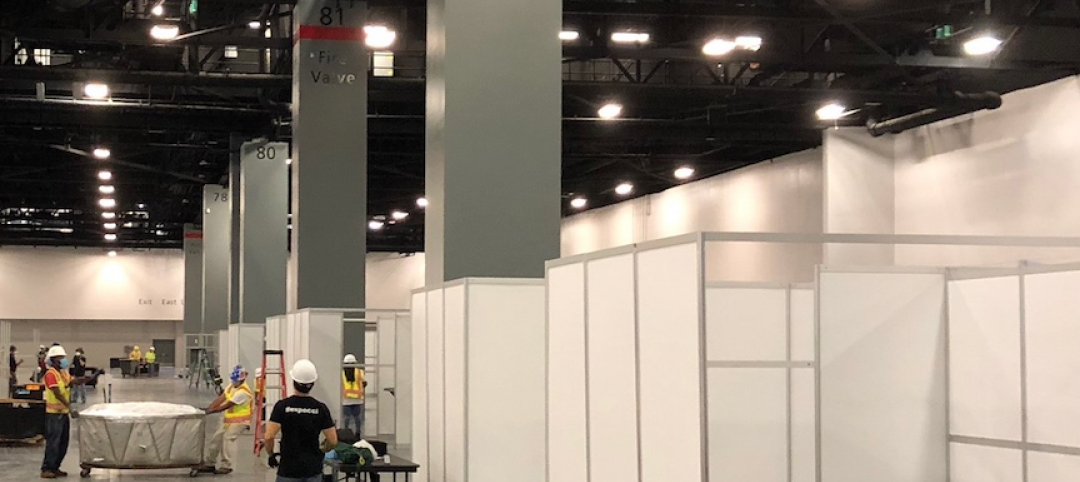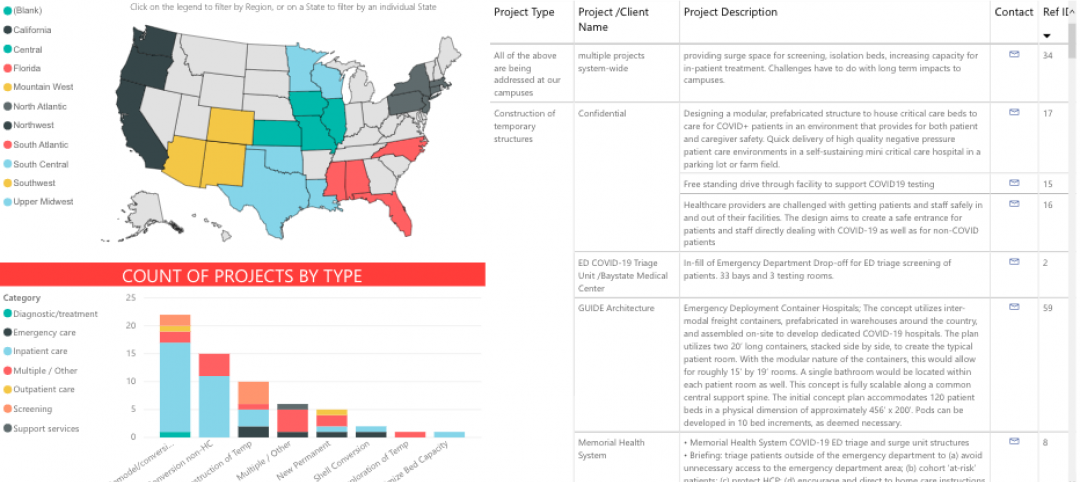Many contractors are asking themselves how social distancing can be executed practically on jobsites so their workers can operate safely. As expected, products are starting to emerge that address these concerns.
For example, SmartVid.io, according to industry news reports, has paired computer vision with its artificial intelligence interface, known as Vinnie, to identify workers who might be working too closely to each other or in packs larger than 10, which would violate OSHA’s social distancing guidelines.
Triax Technologies, which specializes in Internet of Things (IoT) worksite platforms, has launched Proximity TraceTM, an IoT system that provides social distancing alerts and contact tracing—identifying workers with whom confirmed COVID-19 cases came into contact over a period of time—through a wearable device.
The device, which can be attached to a hardhat or worn on the user’s body with a lanyard, offers added protection for essential workers during the pandemic, and can help contractors get their field employees back to work safety.
“Our solution is designed to ease the burden on workers to maintain appropriate distances as part of new safety practices that very well could become the next normal,” says Robert Costantini, Triax’s CEO.
Glibane Building Company, one of the industry’s leading GCs, is in the process of rolling out Proximity Trace devices to its active jobsites. “Worker safety is our top priority, so we were thrilled to hear that our technology partner Triax developed a solution to address the social distancing and contact tracing problems the industry is facing during COVID-19,” says Jason Pelkey, Gilbane’s senior vice president and Chief Information Officer.
The system’s details include:
•TraceTag, a real-time audible alert for close contact interactions, which the device records for contact tracing. The device’s rechargeable battery has weeks, even months, of battery life.
•Cellular gateways for logging headcount and attendance. These data are transmitted to the company’s cloud.
•A real-time audible alert and flashing red LED that activate when worker interaction is registered. This function can be turned off for contact tracing only. And an escalation alert beeps for timely distance correction.
•A data dashboard for worker profile management, device management and administration, and for producing contact tracing reports. The data include timestamps, the duration of interaction, and number of participants.
Proximity Trace does not rely on a client’s WiFi or internet service.
Triax states that its goals for Proximity Trace are to provide a proactive system to support and condition workers to comply with social distancing guidelines. The system can help companies passively collect worker interactions and duration to automate and digitize contact tracing. The system provides information needed to guide COVID-19 protocols at essential facilities. And it supports companies’ efforts to limit the spread of infection by identifying so-called “Subject 1” candidates who have been in contact with people whose COVID-19 exposure is confirmed.
Related Stories
Coronavirus | Apr 15, 2020
3D printing finds its groove fabricating face shields during COVID-19 crisis
The architecture firm Krueck + Sexton is producing 100 shields for a Chicago-area hospital.
Coronavirus | Apr 14, 2020
COVID-19 alert: Missouri’s first Alternate Care Facility ready for coronavirus patients
Missouri’s first Alternate Care Facility ready for coronavirus patients
Coronavirus | Apr 13, 2020
COVID-19 alert: City conducts a 'virtual building inspection' to allow Starbucks and bank to open
Bothell, Wash., issues a certificate of occupancy to developer after inspecting the property online.
Coronavirus | Apr 13, 2020
Construction layoffs spread rapidly as coronavirus shuts down projects, in contrast to job gains through February in most metros
Association officials urge quick enactment of infrastructure investment, relief for hard-hit firms and pensions in order to save jobs in construction and supplier industries.
Coronavirus | Apr 12, 2020
How prefab can enable the design and construction industry to bring much needed beds to hospitals, faster
The outbreak of COVID-19 represents an unprecedented test for the global healthcare system. Managing the pandemic—and saving lives—depends largely on the availability of medical supplies, including the capacity of hospitals. But the United States lags behind other nations, with only 2.8 beds per thousand people compared to 4.3 in China and 12.8 in South Korea.
Coronavirus | Apr 10, 2020
HGA and The Boldt Company devise a prefabricated temporary hospital to manage surge capacity during a viral crisis
A STAAT Mod system can be ready to receive patients in less than a month.
Coronavirus | Apr 10, 2020
COVID-19: Converting existing hospitals, hotels, convention centers, and other alternate care sites for coronavirus patients
COVID-19: Converting existing unused or underused hospitals, hotels, convention centers, and other alternate care sites for coronavirus patients
Coronavirus | Apr 9, 2020
COVID-19 Design Innovation Grant: IDA offers $14,000 to spur design innovation for combating the coronavirus pandemic
The International Design Awards is looking for innovations in low-cost ventilators, in-home isolation pods, and reusable masks.
Coronavirus | Apr 9, 2020
COVID-19 alert: Robins & Morton to convert Miami Beach Convention Center into a 450-bed field hospital
COVID-19 alert: Robins & Morton to convert Miami Beach Convention Center into a 450-bed field hospital
Coronavirus | Apr 8, 2020
AIA task force launches tool for assessing COVID-19 alternative care sites
The tool is intended to assist non-healthcare design professionals with identifying alternative sites suitable for patient care.


